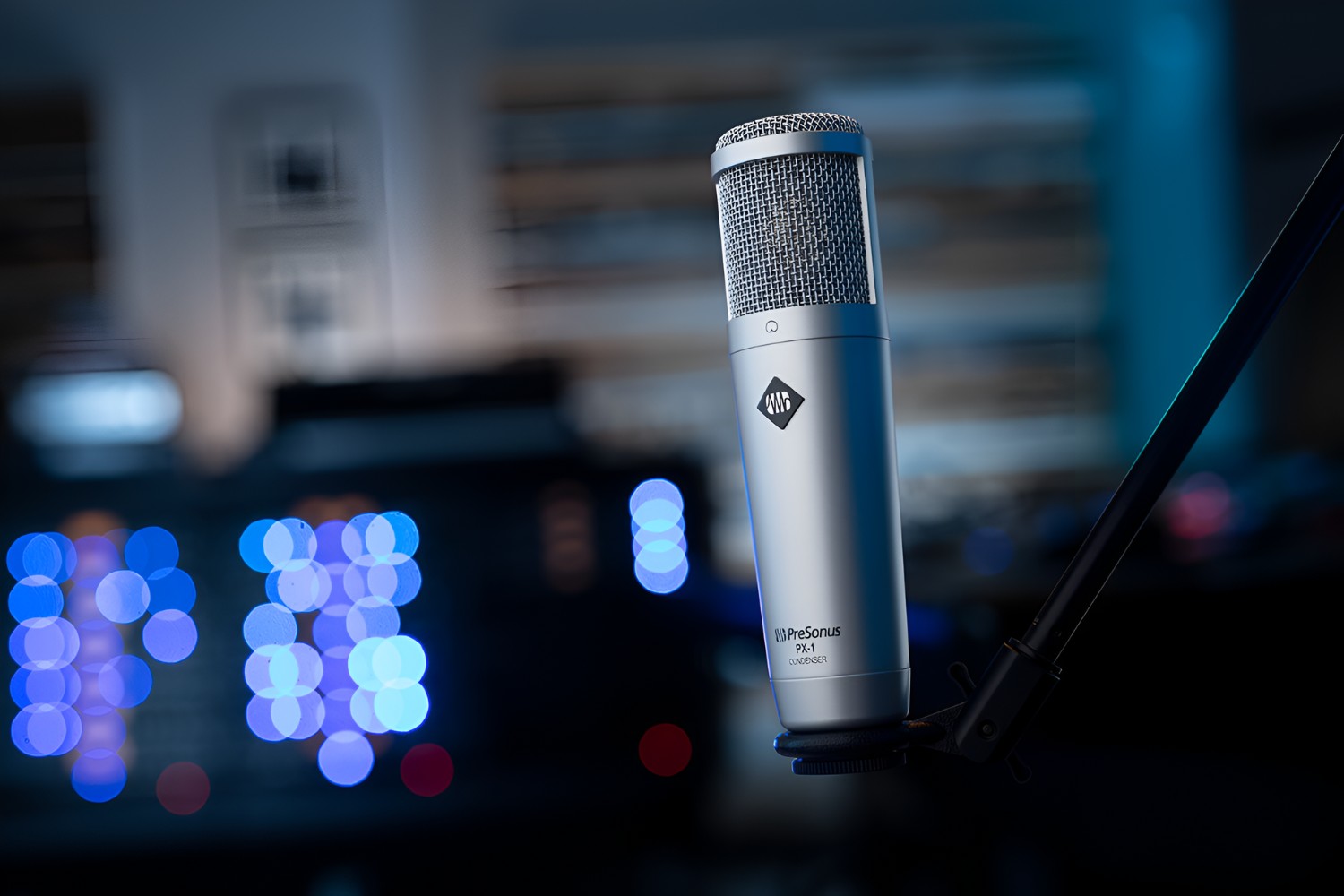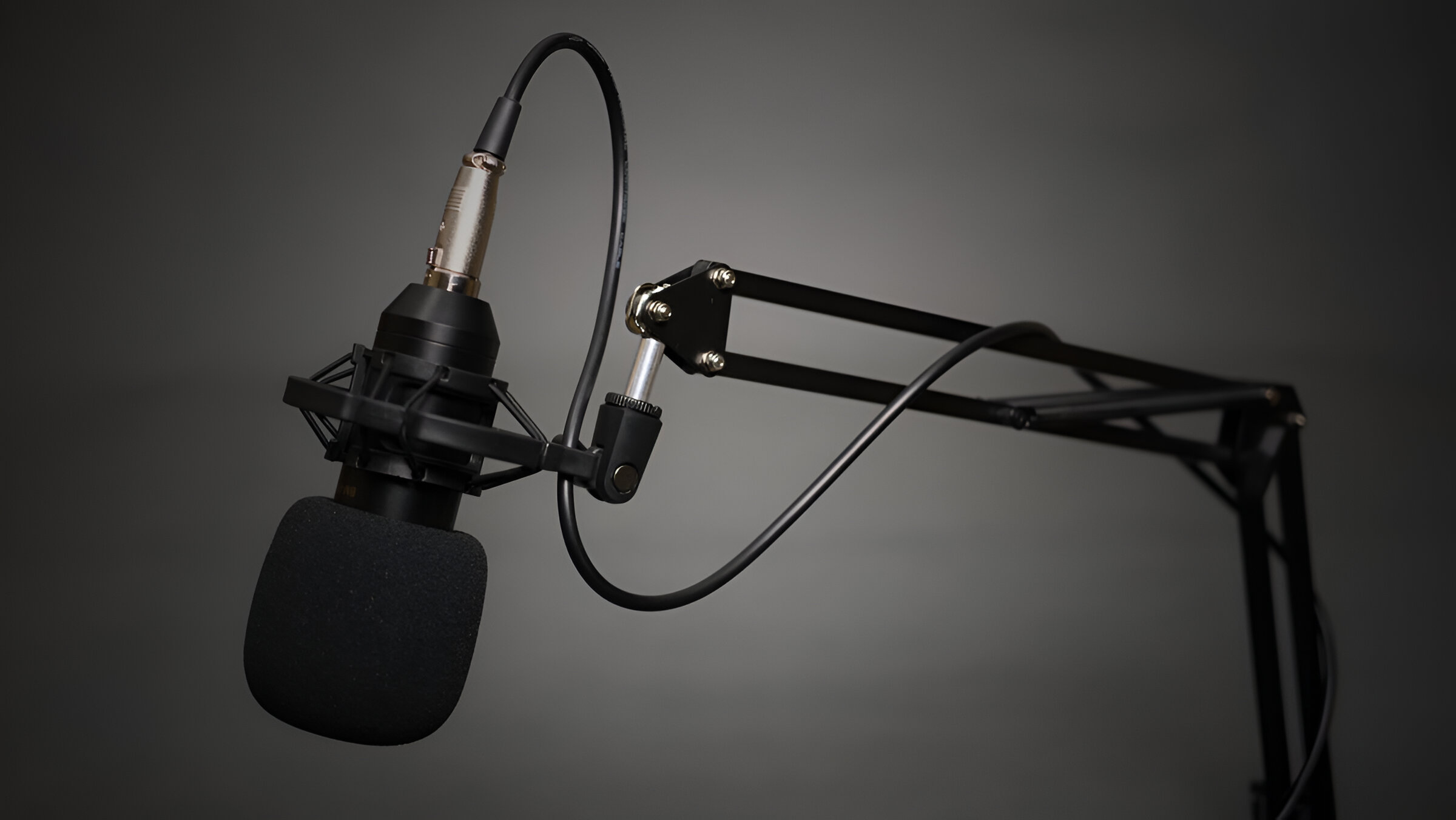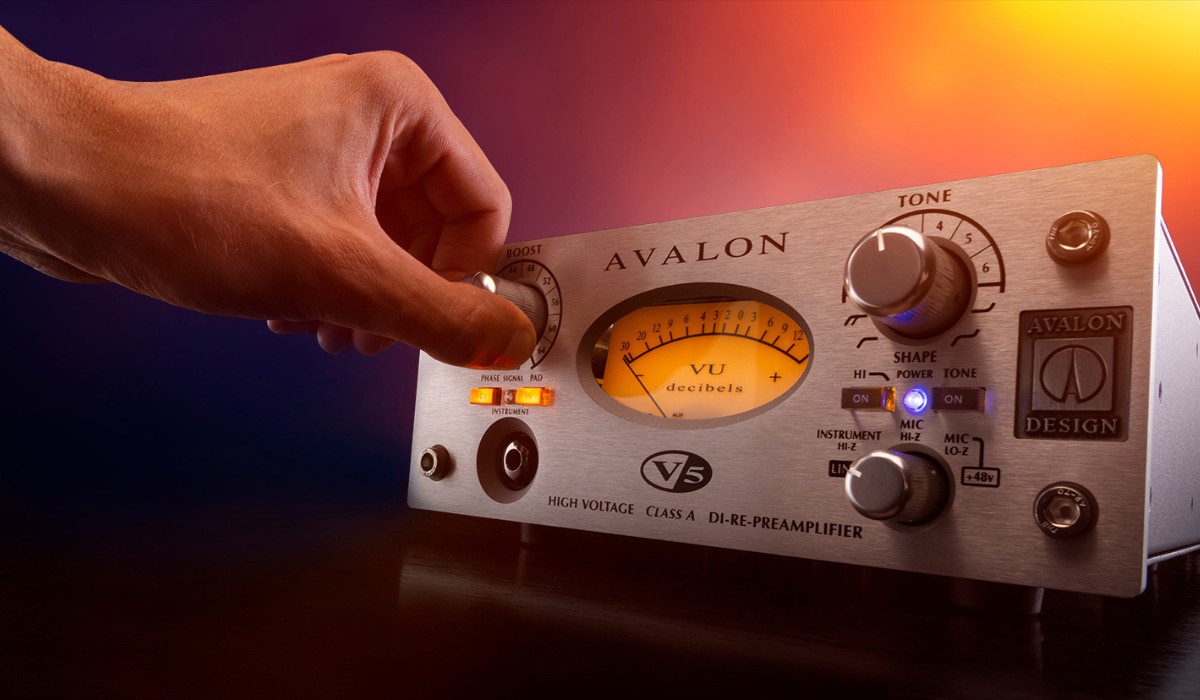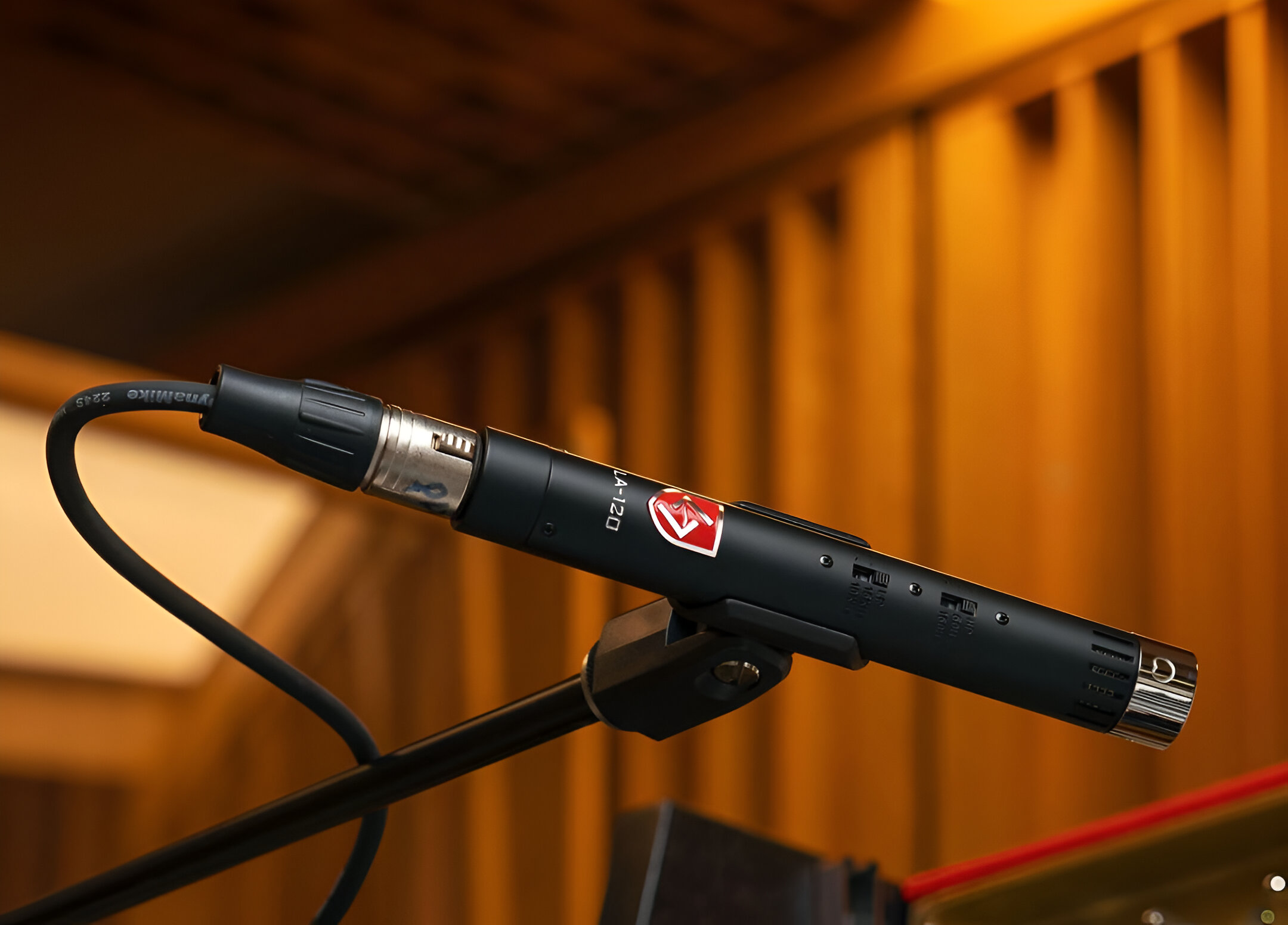Introduction
Introduction
A condenser microphone is a vital tool in the world of audio recording and production. It is a type of microphone that uses a capacitor to convert sound waves into electrical signals. This technology allows condenser microphones to capture sound with exceptional clarity and detail, making them a popular choice for studio recording, live performances, podcasting, and more.
Condenser microphones are known for their ability to capture a wide frequency range and transient response, making them ideal for capturing the nuances of vocals, acoustic instruments, and ambient sounds. Their sensitivity and accuracy make them a top choice for professional audio applications.
These microphones come in various shapes and sizes, from large-diaphragm studio models to small-diaphragm pencil microphones, each with its own unique characteristics and applications. Understanding the inner workings of condenser microphones, their advantages, and their limitations is crucial for anyone working in the audio industry.
In this article, we will delve into the working principles of condenser microphones, explore the different types available, and discuss the advantages, disadvantages, and various applications of these versatile audio tools. Whether you are a recording engineer, musician, podcaster, or simply a curious enthusiast, this comprehensive guide will provide valuable insights into the world of condenser microphones. Let's embark on this sonic journey and unravel the magic behind these indispensable devices.
How Does a Condenser Microphone Work?
Condenser microphones, also known as capacitor microphones, operate on the principle of capacitance. Inside a condenser microphone, there are two conductive plates: a stationary backplate and a diaphragm that is free to move in response to sound waves. These two plates form a capacitor, with the air gap between them acting as the dielectric material. When sound waves hit the diaphragm, it vibrates, causing the distance between the plates to change, thus altering the capacitance.
The fluctuating capacitance generates an electrical signal proportional to the sound waves’ amplitude and frequency. This signal is then amplified and processed to produce the audio output. Unlike dynamic microphones, which use electromagnetic induction to convert sound into electrical signals, condenser microphones rely on changes in capacitance, resulting in a more detailed and accurate representation of the sound source.
Condenser microphones require an external power source to polarize the diaphragm and backplate, commonly provided by a battery or phantom power from a mixing console or audio interface. This polarization voltage is essential for the microphone to operate effectively and maintain the necessary capacitance changes in response to sound waves.
Due to their design, condenser microphones exhibit high sensitivity and a wide frequency response, making them suitable for capturing subtle nuances and complex sonic details. Their ability to faithfully reproduce transient sounds and high-frequency content makes them a preferred choice for recording vocals, acoustic instruments, and ambient environments.
Understanding the inner workings of condenser microphones provides valuable insight into their exceptional performance and sonic capabilities. The next section will explore the various types of condenser microphones available, each tailored to specific recording applications and sonic preferences.
Types of Condenser Microphones
Condenser microphones come in various types, each designed to cater to specific recording scenarios and sonic preferences. Understanding the distinctions between these types is crucial for selecting the most suitable microphone for a particular application. The two primary categories of condenser microphones are large-diaphragm and small-diaphragm models, each offering unique sonic characteristics and applications.
Large-Diaphragm Condenser Microphones
Large-diaphragm condenser microphones feature a diaphragm with a diameter typically exceeding 1 inch. These microphones are revered for their warm, full-bodied sound and are often preferred for recording vocals, solo instruments, and broadcast applications. Their larger diaphragms contribute to a more extended low-frequency response and enhanced sensitivity, capturing rich harmonic content and subtle tonal variations with precision.
Large-diaphragm condenser microphones are commonly used in studio environments for vocal recording, voiceover work, and capturing the nuances of acoustic instruments such as pianos, guitars, and percussion. Their ability to impart a sense of depth and intimacy to recordings makes them a staple in professional audio production and broadcasting.
Small-Diaphragm Condenser Microphones
Small-diaphragm condenser microphones, also known as pencil microphones or instrument mics, feature diaphragms with diameters typically less than 1 inch. These microphones excel in capturing transient details, high-frequency content, and fast transients, making them ideal for recording acoustic instruments, ensemble performances, and ambient soundscapes.
The compact size and precise transient response of small-diaphragm condenser microphones make them well-suited for capturing the intricacies of string instruments, woodwinds, percussion, and overhead miking for drum kits. Their extended high-frequency response and accurate transient reproduction contribute to a natural and detailed sonic portrayal, making them a valuable asset in both studio and live recording environments.
Understanding the sonic characteristics and applications of large-diaphragm and small-diaphragm condenser microphones empowers audio professionals and enthusiasts to make informed decisions when selecting the most suitable microphone for a given recording task. The following sections will delve into the advantages and disadvantages of using condenser microphones, shedding light on their operational considerations and sonic implications.
Advantages of Using a Condenser Microphone
Condenser microphones offer a plethora of advantages that make them indispensable tools in professional audio recording and broadcasting. Their exceptional sensitivity, wide frequency response, and transient accuracy contribute to their widespread adoption across various sonic applications. Here are some key advantages of using condenser microphones:
- High Sensitivity: Condenser microphones are renowned for their high sensitivity, allowing them to capture subtle sonic details and nuances with exceptional clarity. This makes them ideal for recording vocals, acoustic instruments, and ambient soundscapes, where capturing delicate sonic textures is paramount.
- Wide Frequency Response: Condenser microphones exhibit a wide frequency response, capturing both low and high frequencies with precision. This characteristic makes them versatile for capturing a broad range of sonic content, from deep bass tones to shimmering high frequencies, resulting in a more natural and balanced sonic portrayal.
- Transient Accuracy: The transient response of condenser microphones is exceptional, enabling them to faithfully reproduce the fast and intricate changes in sound amplitude. This makes them well-suited for capturing percussive instruments, transient-rich vocals, and dynamic sound sources with fidelity and precision.
- Detailed Sound Reproduction: Condenser microphones excel in capturing detailed sonic nuances, harmonics, and tonal variations, resulting in a more lifelike and immersive audio representation. This level of sonic detail is particularly beneficial in studio recording, where sonic transparency and accuracy are paramount.
- Low Self-Noise: Many condenser microphones exhibit low self-noise characteristics, ensuring that the microphone’s internal electronics do not introduce unwanted noise into the recorded signal. This is crucial for capturing quiet passages and maintaining a clean sonic environment, especially in critical recording scenarios.
- Versatility: Condenser microphones are versatile tools suitable for a wide range of recording applications, including vocals, acoustic instruments, orchestral ensembles, podcasting, field recording, and more. Their ability to adapt to diverse sonic environments makes them essential in various audio production settings.
The advantages of using condenser microphones underscore their pivotal role in capturing high-fidelity audio and preserving the sonic integrity of recorded performances. Despite their inherent advantages, condenser microphones also present certain limitations and operational considerations, which will be explored in the following section.
Disadvantages of Using a Condenser Microphone
While condenser microphones offer exceptional sonic capabilities, they also present certain disadvantages and operational considerations that warrant attention. Understanding these limitations is crucial for making informed decisions regarding microphone selection and optimizing recording environments. Here are some key disadvantages of using condenser microphones:
- Sensitivity to Environmental Noise: Condenser microphones are highly sensitive and can pick up ambient noise, handling vibrations, and other environmental disturbances. This sensitivity requires careful acoustic treatment of recording spaces and strategic microphone placement to minimize unwanted noise and ensure a clean recording environment.
- Phantom Power Requirement: Most condenser microphones require phantom power to operate, necessitating the availability of a power source, such as a mixing console, audio interface, or external power supply. While phantom power is a standard feature in professional audio setups, it is an additional consideration when using condenser microphones.
- Fragility: The delicate diaphragm and internal components of condenser microphones make them more susceptible to physical damage and mishandling compared to dynamic microphones. Careful handling and storage are essential to prevent damage to the microphone’s sensitive components.
- Cost: High-quality condenser microphones often come with a higher price tag compared to dynamic microphones, making them a significant investment for audio professionals and enthusiasts. However, the cost is often justified by the microphone’s exceptional sonic performance and versatility.
- Power Consumption: Condenser microphones, especially those with active electronics and onboard features, may consume more power than dynamic microphones. This consideration is relevant for portable recording setups and extended recording sessions where power availability is a concern.
- Overloading Sensitivity: Some condenser microphones may exhibit sensitivity to high sound pressure levels, leading to distortion when recording loud sound sources. Understanding a microphone’s maximum sound pressure level (SPL) and its compatibility with the intended recording sources is essential to prevent signal clipping and distortion.
Recognizing the limitations and operational considerations associated with condenser microphones empowers audio professionals and recording enthusiasts to mitigate potential challenges and optimize their recording setups for exceptional sonic results. Despite these disadvantages, the sonic benefits and versatility of condenser microphones position them as indispensable tools in the realm of high-fidelity audio capture and reproduction.
Applications of Condenser Microphones
Condenser microphones find widespread use across diverse audio recording and broadcasting applications, owing to their exceptional sonic characteristics and versatility. Their ability to capture detailed sonic nuances and transient details makes them invaluable tools in various sonic environments. Here are some key applications of condenser microphones:
Studio Recording
Condenser microphones are a staple in studio recording environments, where their high sensitivity, wide frequency response, and detailed sonic reproduction shine. They excel in capturing vocals, acoustic instruments, orchestral ensembles, and ambient soundscapes with clarity and fidelity. Large-diaphragm condenser microphones are often favored for vocal recording, while small-diaphragm models are ideal for capturing the nuances of acoustic instruments and ensemble performances.
Live Performances
Condenser microphones are utilized in live sound reinforcement for capturing vocals, acoustic instruments, and overhead miking for drum kits. Their ability to faithfully reproduce transient details and high-frequency content makes them valuable assets in live performance settings, enhancing the sonic clarity and definition of the amplified sound.
Broadcasting and Podcasting
Condenser microphones are widely used in broadcasting, radio production, and podcasting due to their ability to capture articulate speech, vocal nuances, and ambient soundscapes with precision. Their detailed sound reproduction and low self-noise characteristics make them ideal for vocal recording in broadcast applications, ensuring clear and intelligible audio delivery.
Field Recording
Condenser microphones are employed in field recording for capturing environmental sounds, nature ambience, and location-specific sonic textures. Their sensitivity and transient accuracy make them valuable tools for documenting real-world sounds, capturing the intricacies of natural environments, and preserving sonic landscapes with fidelity.
Instrument Miking
Condenser microphones, particularly small-diaphragm models, are commonly used for instrument miking, including acoustic guitars, pianos, string instruments, and percussion. Their ability to capture transient details, harmonic richness, and tonal nuances enhances the sonic portrayal of individual instruments, contributing to a natural and immersive audio experience.
The diverse applications of condenser microphones underscore their significance in the realm of audio production, live sound reinforcement, broadcasting, and sonic documentation. Their ability to faithfully capture the intricacies of sound sources and environments makes them indispensable tools for audio professionals, musicians, broadcasters, and recording enthusiasts alike.

























